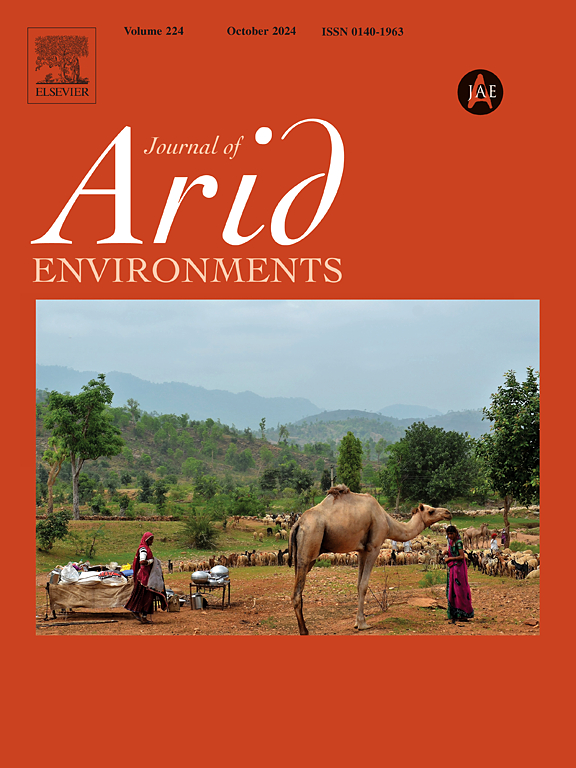The hidden costs of land use transformation: Ecological degradation in arid and semi-arid areas
IF 2.5
3区 环境科学与生态学
Q2 ECOLOGY
引用次数: 0
Abstract
This study uses remote sensing data to analyze land use changes in Wuwei City from 1980 to 2020, employing the "Production-Living-Ecology" framework with methods like land-use transfer matrix and ecological quality indices. The results show that the distribution of Wuwei's “Three-Life Space” remains relatively stable over time, though ecological space has decreased, mainly due to declines in grassland and forest areas. Living space has primarily expanded in urban regions and their peripheries. Production space, initially declining, began increasing in the central urban and eastern areas. Land use transitions mainly occur from ecological lands to agricultural and urban areas. The reduction in ecological space is largely driven by the conversion of grasslands and forests to agricultural and industrial lands, particularly in core urban areas and their surrounding zones. Ecological environment quality in Wuwei exhibits both improvement and degradation, with regional variations. The primary positive change results from converting agricultural lands and grasslands into forests. However, the transformation of ecological land into agricultural areas has led to environmental degradation, including biodiversity loss and the decline of ecosystem functions. Future land-use planning should prioritize ecosystem protection and restoration while promoting sustainable development strategies that balance economic growth and environmental conservation.
土地利用转变的隐性成本:干旱和半干旱地区的生态退化
采用“生产-生活-生态”框架,结合土地利用转移矩阵和生态质量指数等方法,对武威市1980—2020年土地利用变化进行了分析。结果表明:武威“三生空间”的分布相对稳定,但生态空间有所减少,主要是由于草原和森林面积的减少;居住空间主要在城市及其周边地区扩大。在中部城市和东部地区,生产空间由最初的减少开始增加。土地利用转型主要发生在生态用地向农业用地和城市用地的转变。生态空间的减少主要是由于草原和森林向农业和工业用地的转变,特别是在核心城市地区及其周边地区。武威市生态环境质量表现为改善与退化并存,且存在区域差异。主要的积极变化来自于农用地和草地的退耕还林。然而,生态用地向农业区的转变导致了环境的退化,包括生物多样性的丧失和生态系统功能的下降。未来的土地利用规划应优先考虑生态系统的保护和恢复,同时促进平衡经济增长和环境保护的可持续发展战略。
本文章由计算机程序翻译,如有差异,请以英文原文为准。
求助全文
约1分钟内获得全文
求助全文
来源期刊

Journal of Arid Environments
环境科学-环境科学
CiteScore
5.70
自引率
3.70%
发文量
144
审稿时长
55 days
期刊介绍:
The Journal of Arid Environments is an international journal publishing original scientific and technical research articles on physical, biological and cultural aspects of arid, semi-arid, and desert environments. As a forum of multi-disciplinary and interdisciplinary dialogue it addresses research on all aspects of arid environments and their past, present and future use.
 求助内容:
求助内容: 应助结果提醒方式:
应助结果提醒方式:


